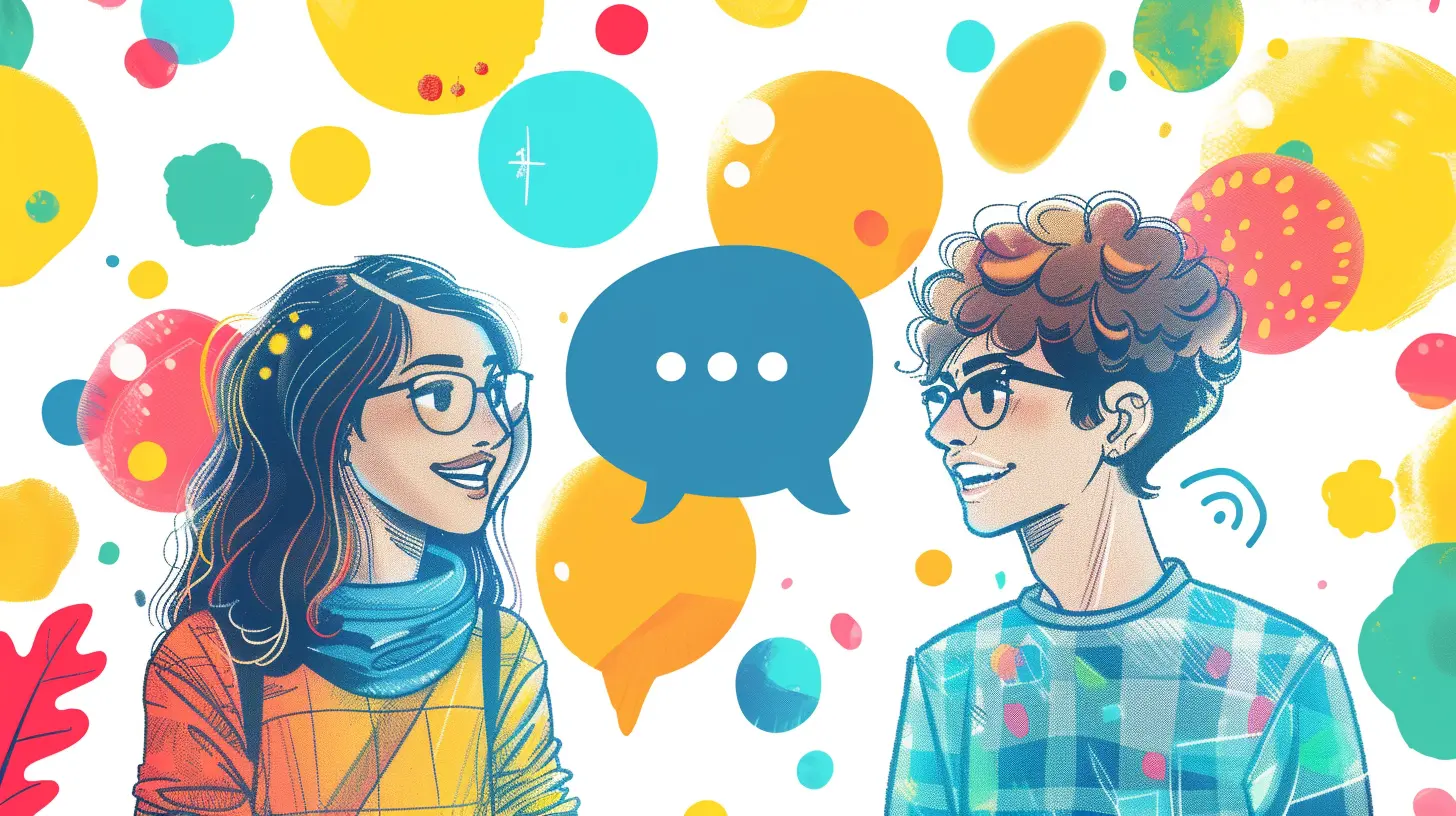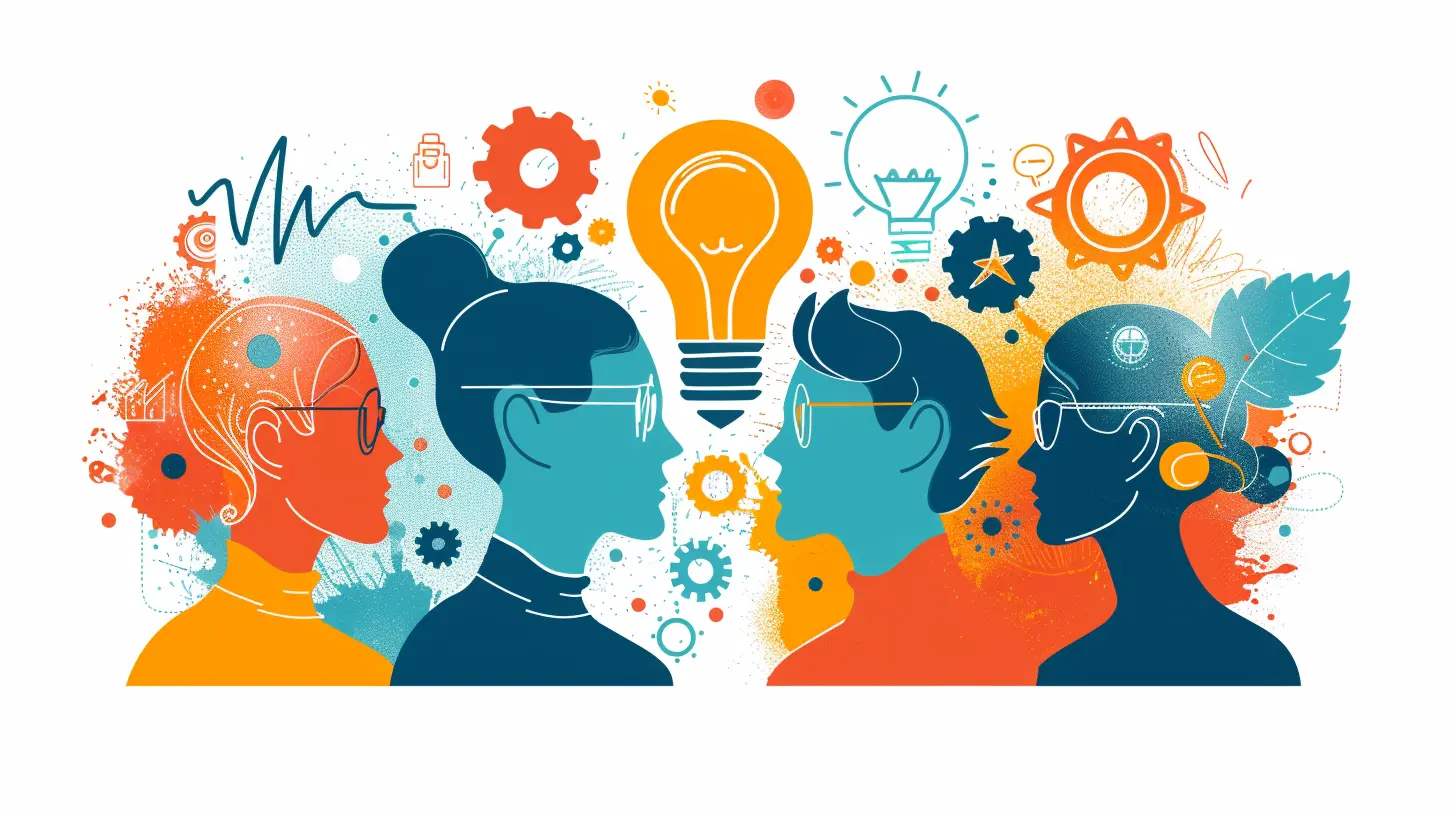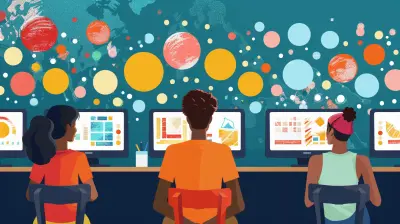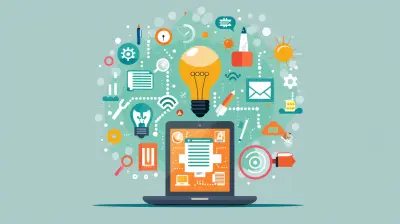The Relationship Between Learning Objectives and Student Feedback
16 May 2025
When it comes to education, two things matter big time: learning objectives—what students are supposed to learn—and student feedback—how they let us know if they’re actually getting it. It's like a dynamic duo, Batman and Robin-style. One strengthens the other. But how exactly do they work together? And why should teachers, students, and schools even care? Buckle in, because we’re about to break it all down in a way that's bold, sassy, and makes total sense. 
🎯 What Are Learning Objectives, Anyway?
Let’s keep it real: If education is a road trip, then learning objectives are the GPS. They tell students where they need to end up and give teachers a way to measure whether they’re getting there.A solid learning objective is:
✅ Specific – No vague nonsense like "understand math." Instead, "solve quadratic equations using the quadratic formula."
✅ Measurable – Teachers should be able to check if students got it or not.
✅ Achievable – No unrealistic expectations. (Nobody’s learning quantum physics in a week.)
✅ Relevant – It should actually matter in the grand scheme of learning.
✅ Time-bound – A clear deadline keeps things moving.
Without well-defined learning objectives, education turns into a guessing game. And nobody’s got time for that. 
🎤 Student Feedback: The Secret Sauce
Now, let’s talk about the voice of the people—student feedback. Feedback can make or break a learning experience. Why? Because students are the ones actually going through the process. If they don’t understand something, their input can help teachers tweak their approach.Types of student feedback include:
👉 Formative feedback – Comes mid-learning to help teachers adjust in real time.
👉 Summative feedback – Happens at the end to evaluate whether students hit their learning objectives.
👉 Peer feedback – Students helping each other out. (Because sometimes, your classmate explains things better than your teacher.)
👉 Self-assessment – Students reflecting on what they do or don’t know.
Ignoring student feedback? That’s like driving with your eyes closed and hoping for the best. 
📚 The Perfect Match: Learning Objectives & Student Feedback
Now, let's get to the juicy part. How do learning objectives and student feedback work together?1. Feedback Guides Teachers in Adjusting Objectives
No learning plan is flawless from the get-go. Student feedback helps teachers fine-tune objectives to make them clearer, more achievable, or even more engaging.For example:
If students say, "This lesson on Shakespeare is confusing AF," a teacher can adjust by breaking things down into more digestible chunks rather than assuming everyone just gets it.
2. Objectives Give Feedback a Purpose
Feedback is great, but without clear learning objectives? It’s just noise.Let’s compare two scenarios:
❌ Teacher: "How was today’s lesson?"
(Student: "Boring.") → Not helpful.
✅ Teacher: "Did today’s lesson help you understand how to identify similes and metaphors?"
(Student: "Yes, but I'm still struggling with metaphors.") → Now, that’s feedback with direction.
3. They Keep Students Engaged
When students understand what they’re working towards, they feel more invested. And when their feedback actually influences their learning experience? They feel heard.Ever had a teacher who actually adjusted lessons based on student input? Feels like having a VIP pass to your own education, doesn’t it?
4. They Prevent Wasted Time
Imagine trying to teach something that no one understands—but instead of adjusting, you just plow ahead. Yikes. Learning objectives backed by feedback make sure no one is just sitting there, lost and frustrated.
💡 Practical Ways to Integrate Feedback into Learning Objectives
Alright, enough theory. How do we actually make this work in real classrooms?🔹 1. Use Instant Feedback Tools
Platforms like Google Forms, Kahoot, and Mentimeter let students give real-time feedback, so teachers can adjust ASAP.🔹 2. Start Every Lesson with a Clear Learning Objective
Write it on the board. Say it out loud. Make it crystal clear. No one should be guessing about what they’re supposed to learn.🔹 3. End with a Feedback Question
At the end of every lesson, ask: “What’s one thing that totally made sense today? What’s one thing that confused you?” Boom—instant, useful feedback.🔹 4. Let Students Self-Assess With a Learning Tracker
Have students rate their understanding (on a scale from 1-5) after every lesson. If half the class is stuck at a 2, it’s time for a different approach.🔹 5. Encourage Peer Feedback on Assignments
Give students a chance to critique each other’s work. Sometimes, hearing it from a peer makes things click better than a teacher’s explanation ever could.🚀 The Bottom Line
If learning objectives are the "what", student feedback is the "how." They’re inseparable. The more they work together, the better the educational experience will be.Teachers who actively use student feedback to shape learning objectives create classrooms where students feel heard, stay engaged, and actually learn. Because at the end of the day, isn’t that the whole point?
So, whether you're a student, teacher, or administrator, it's time to stop treating learning objectives and student feedback as separate things. Instead, let’s make them the power couple of education they were always meant to be.
all images in this post were generated using AI tools
Category:
Learning ObjectivesAuthor:

Olivia Lewis
Discussion
rate this article
4 comments
Clarissa McWilliams
This article effectively highlights the critical link between learning objectives and student feedback. Understanding this relationship can significantly enhance instructional strategies and student engagement, fostering a more effective learning environment. Thank you for sharing these insights!
June 21, 2025 at 3:24 AM

Olivia Lewis
Thank you for your thoughtful feedback! I'm glad you found the insights valuable for enhancing instructional strategies and student engagement.
Maddison McSweeney
This article offers valuable insights into the crucial link between learning objectives and student feedback. Understanding this relationship can greatly enhance educational outcomes, ensuring that teaching strategies align effectively with student needs and expectations. Thank you for sharing!
May 20, 2025 at 2:26 PM

Olivia Lewis
Thank you for your insightful comment! I'm glad you found the connection between learning objectives and student feedback valuable for enhancing educational outcomes.
Ariadne Green
Great insights! Connecting learning objectives with feedback enhances student engagement and improves outcomes.
May 17, 2025 at 12:13 PM

Olivia Lewis
Thank you! I’m glad you found the insights valuable. Connecting learning objectives with feedback is indeed crucial for enhancing engagement and achieving better outcomes.
Natalia Fletcher
This article beautifully highlights how aligning learning objectives with student feedback fosters a more engaging and effective learning experience.
May 16, 2025 at 11:04 AM

Olivia Lewis
Thank you for your thoughtful comment! I'm glad you found the connection between learning objectives and student feedback compelling.



